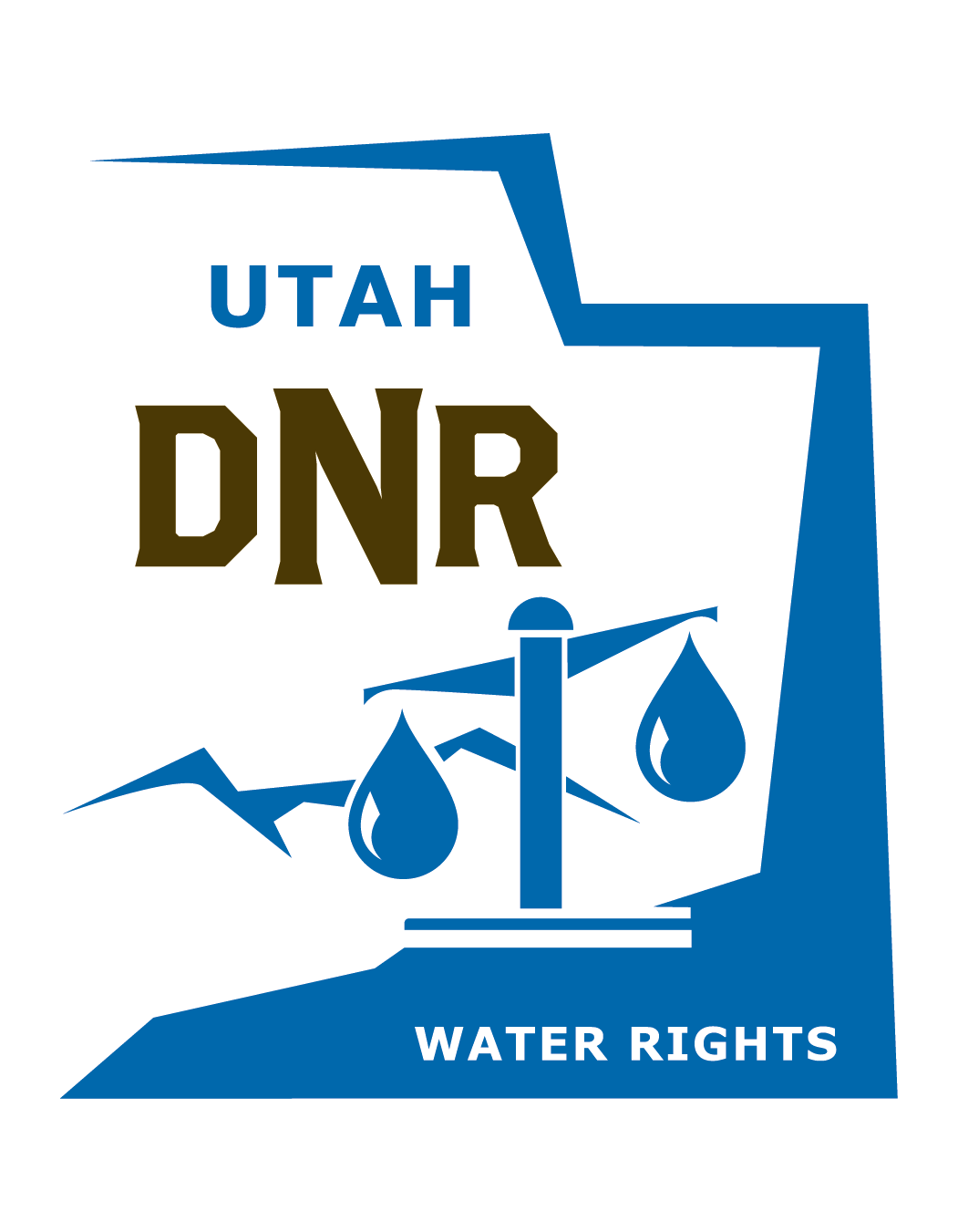Proposed Southern Nevada Water Authority Development Project in Eastern Nevada
Revised: March 25, 2005
The following comment was submitted to the Division by email:
Excerpts from the Report of Investigation 254, Utah Geological Survey A Division of the Utah Department of Natural resources Full text available from: State of Utah Department of Natural Resources Utah Geological Survey 1594 W North Temple Ste 3110 POB 146100 Salt Lake City, UT 84114-6100 January, 2005 Abstract The Southern Nevada Water Authority has proposed a system of 146 water-supply wells in south-central and south-eastern Nevada to supply water to the Las Vegas area. , Nine of the proposed wells, with a total withdrawal of 25,000 acre-feet per year (31 hm3/yr), are located along the eastern flank of the southern Snake Range in eastern White Pine County, within 5 miles (8 km) of the Utah-Nevada line. Construction of the wells is scheduled to begin in 2007. Numeric models show a potential groundwater decline from the proposed wells of greater than 100 feet (31m) in westernmost Millard County, UT. The magnitude of this drawdown would adversely affect both existing and future spring, surface, and groundwater uses in Utah. Groundwater in the Snake Valley Hydrologic basin resides primarily in two main aquifers, Quaternary-Tertiary basin fill and Paleozoic carbonate rocks. Storage and transport of groundwater occurs in intergranular pore space in the basin-fill aquifer and in solution-widened joints, faults and bedding planes in the carbonate bedrock aquifer. Hydraulic parameters of the two primary aquifers are relatively well known, but their subsurface geometries, extent, and the influence of geologic structures on ground-water flow are poorly constrained. The subsurface structure and the hydrologic connectivity of the main aquifers are complex due to the geologic evolution and structural complexity of the area. An important, but unresolved, problem is to determine the pathway of ground-water as it moves from recharge areas high in the Snake Range to the principal aquifers below the valley. The recharge areas are in the lower plate of a major east-dipping, low-angle normal fault zone that is likely a barrier to ground-water flow across its plane. Water, therefore, must somehow cross this fault in order to enter the aquifers, but the pathways are not well understood. The proposed wells are located in this structurally complex transition zone, where the recharge is actively entering the aquifers. The location and depth of the proposed wells will, therefore, strongly influence whether they capture recharge that would otherwise enter the primary aquifers, and the parts of the aquifers that will be impacted most. We recommend further work to better constrain the effects of the proposed wells, including quantification of the present hydrologic balance and recharge pathways, detailed gravity surveys, construction of additional cross sections, assessments of other potential aquifers, and quantification of fracture densities and orientations in the carbonate aquifers. SUMMARY AND CONCLUSIONS Nine new water-supply wells have been proposed by the Southern Nevada Water Authority along the eastern flank of the Southern Snake Range and the adjoining Snake Valley within 5 miles (8 km) of the Utah-Nevada border. Total proposed withdrawal from these wells is up to 25,000 care-feet per year (31 hm3/yr). The project is currently in the planning stage with construction to begin in 2007. Existing numeric models suggest that this withdrawal will produce up to 100 feet (31m) of drawdown of the groundwater table extending into Millard County in Utah. This magnitude of drawdown would adversely affect both existing and future ground-water uses in Utah. Flow from springs and seeps and the quantity of groundwater available for use by surface vegetation will likely decrease. The decline in ground-water levels could produce lasting and irreversible effects on both the agriculture and native vegetation of the Snake Valley. If the basin-fill aquifer is substantially dewatered, ground subsidence, cracking, and permanent degradation of its hydrologic properties may occur. The hydrologic balance of discharge and recharge in the Snake Valley currently has a yearly outflow of ground-water (Carlton, 1985). Proposed additional withdrawals could change this balance to a relatively small outflow or net deficit. Quantification of the specific effects of withdrawal by the SNWA wells cannot presently be accomplished because detailed information about the aquifers and basin scale hydrology of the area is lacking. Aspects of the hydrologic system that are poorly known include (1) the structural geometries of basin-fill and carbonate aquifers beneath the Snake Valley, (2) the fracture characteristics of the upper-plate rocks of the Snake Range decollement, and (3) the thickness and lithologies of the basin-fill aquifer near the proposed well field. Additional work, including detailed map compilation, construction of additional cross sections, detailed gravity profiles, and detailed quantification of hydrologic balance, is recommended to assess the impact of the proposed ground-water withdrawals, and to evaluate the regional structural and hydrologic connectivity of the carbonate aquifer. We conclude the following: Wells proposed by the SNWA will likely adversely affect ground-water conditions in nearby Utah. Total drawdown of ground-water near Garrison in western Millard County could be greater than 100 feet (31m). The proposed pumping may change or reverse ground-water flow patterns for much of the east-central Great Basin in Utah and Nevada. The affects may eventually propagate eastward, and impact discharge at important regional springs in Wah Wah Valley and Tule Valley. Discharge of agriculturally and ecologically important springs will decrease. Further work is warranted to qualify both the hydrogeologic framework and hydrologic balance of the Snake Valley to accurately predict the effects of the proposed wells. Terry Marasco Silver Jack Inn POB 69 Baker, NV 89311 www.silverjackinn.com
